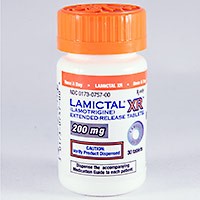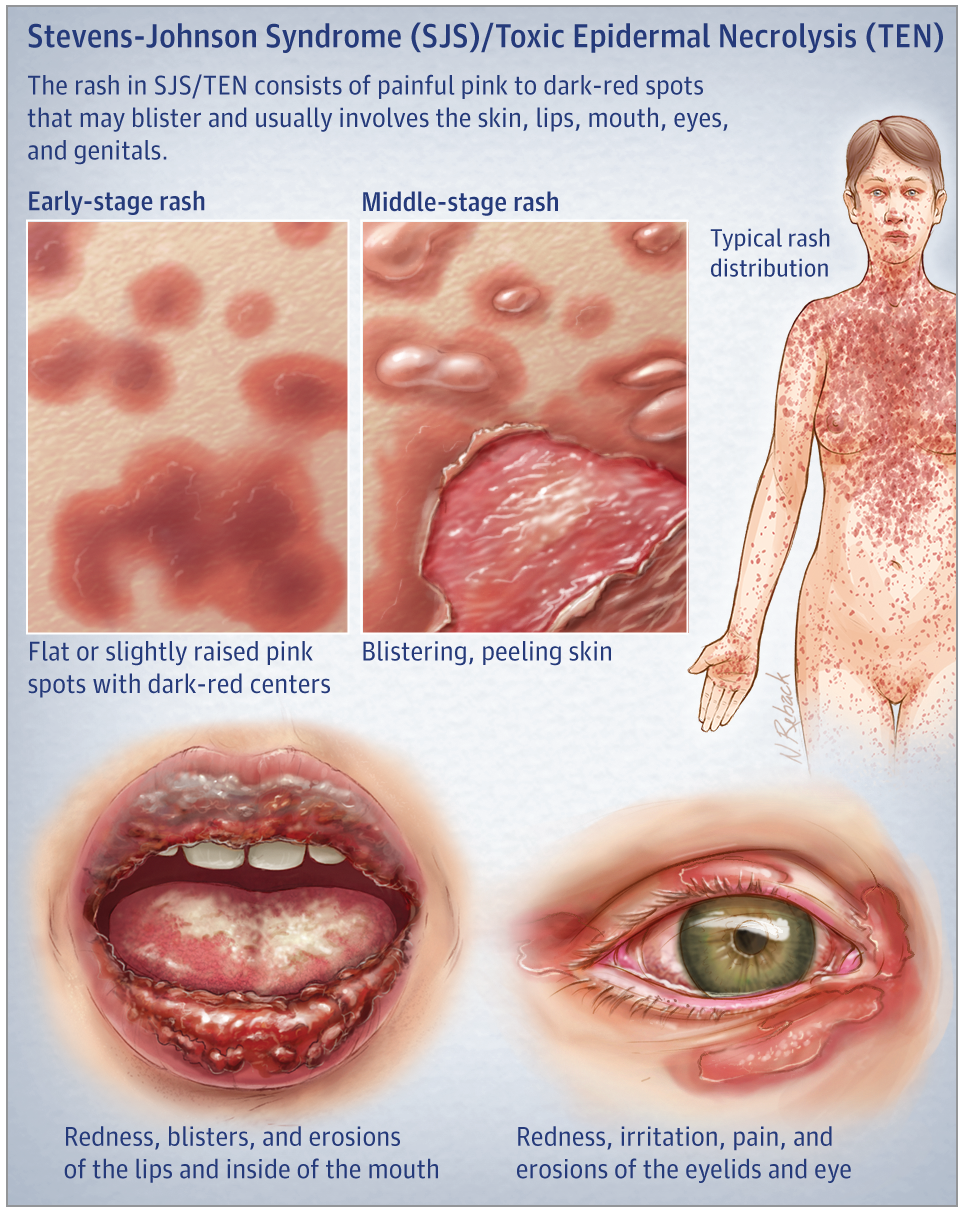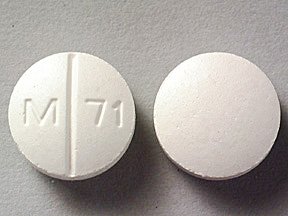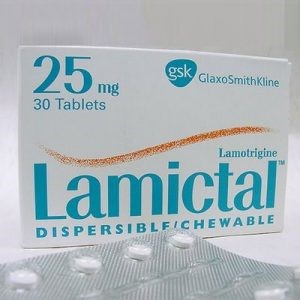 Toxic epidermal necrolysis (TEN), also known as Lyell’s syndrome, is a rare, life-threatening skin condition that is typically caused by a reaction to some type of medication. The condition causes the top layer of the skin to detach from the lower layers all over the body, leaving the body vulnerable to serious infection.
Toxic epidermal necrolysis (TEN), also known as Lyell’s syndrome, is a rare, life-threatening skin condition that is typically caused by a reaction to some type of medication. The condition causes the top layer of the skin to detach from the lower layers all over the body, leaving the body vulnerable to serious infection.
While the vast majority of TEN cases are believed to be drug induced, the condition can also be caused by hair dye.
Hair Dye/TEN Wrongful Death Lawsuit Filed
A wrongful death action was filed earlier this month in Georgia on behalf of a 26-year-old woman who died in September 2014, approximately six weeks after applying “7th Stage Clairol Professional” and “Divina 10 Volume Crème Developer, ” hair dye products manufactured by Proctor & Gamble and Phoenix Products, respectively.
According to court documents, the plaintiff’s symptoms began after using
the hair dye products and her cause of death was listed as “complications of toxic epidermal necrolysis.” The relationship between hair dye and TEN has been reported in the medical literature since at least 2009.
Medications Commonly Causing TEN
TEN can be caused by almost any medication including antibiotics, anticonvulsants, sedatives and painkillers. The leading causes of this disease are the following medications:
- Ibuprofen – Advil, Children’s Advil, Motrin, Children’s Motrin and Nuprin
- Bactrim, a sulfa drug
- Ketek, an antibiotic
- Dilantin, an anticonvulsant
- COX-2 inhibitors such as Bextra (Valdecoxib), Vioxx (Rofecoxib), Celebrex (Celecoxib)
- Non Steroidal Anti-Inflammatory Drugs (NSAIDs) including Daypro (Oxaprozein), Feldene (Piroxicam), and Naproxen (Aleve)
- Leavquin (levofloxacin), which belongs to a class of drugs called fluoroquinolones, the antibiotic used to treat bacterial infections including pneumonia, bronchitis, sinus, skin, and urinary tract infections
TEN results in death an estimated 30 percent of the time, typically as a result of sepsis and subsequent multi-organ system failure.
Other Stevens-Johnson Syndrome News
A study has found that survivors of Stevens-Johnson syndrome (SJS) have a higher risk of cardiovascular problems, specifically cerebrovascular accidents and ischemic heart disease, compared to the general population.
Medical negligence may contribute to Stevens-Johnson Syndrome (SJS) or Toxic Epidermal Necrolysis (TEN). Learn how drug errors, misdiagnosis, or lack of warnings could support a legal claim.
Lamictal has been linked to Stevens-Johnson Syndrome (SJS), a life-threatening skin reaction. Learn how improper prescribing or dosing may lead to serious injuries and legal action.
If you've been diagnosed with Stevens-Johnson Syndrome or Toxic Epidermal Necrolysis, it’s critical to act quickly and consult an experienced attorney to protect your legal rights and potential claim.
Allopurinol, a common gout medication, has been linked to Stevens-Johnson Syndrome—a rare but serious skin reaction that may require hospitalization and lead to long-term complications.
Improperly prescribed Allopurinol and Lamictal are leading causes of SJS/TEN. Learn how medical errors may have contributed to your injury—and why early legal action is essential.







